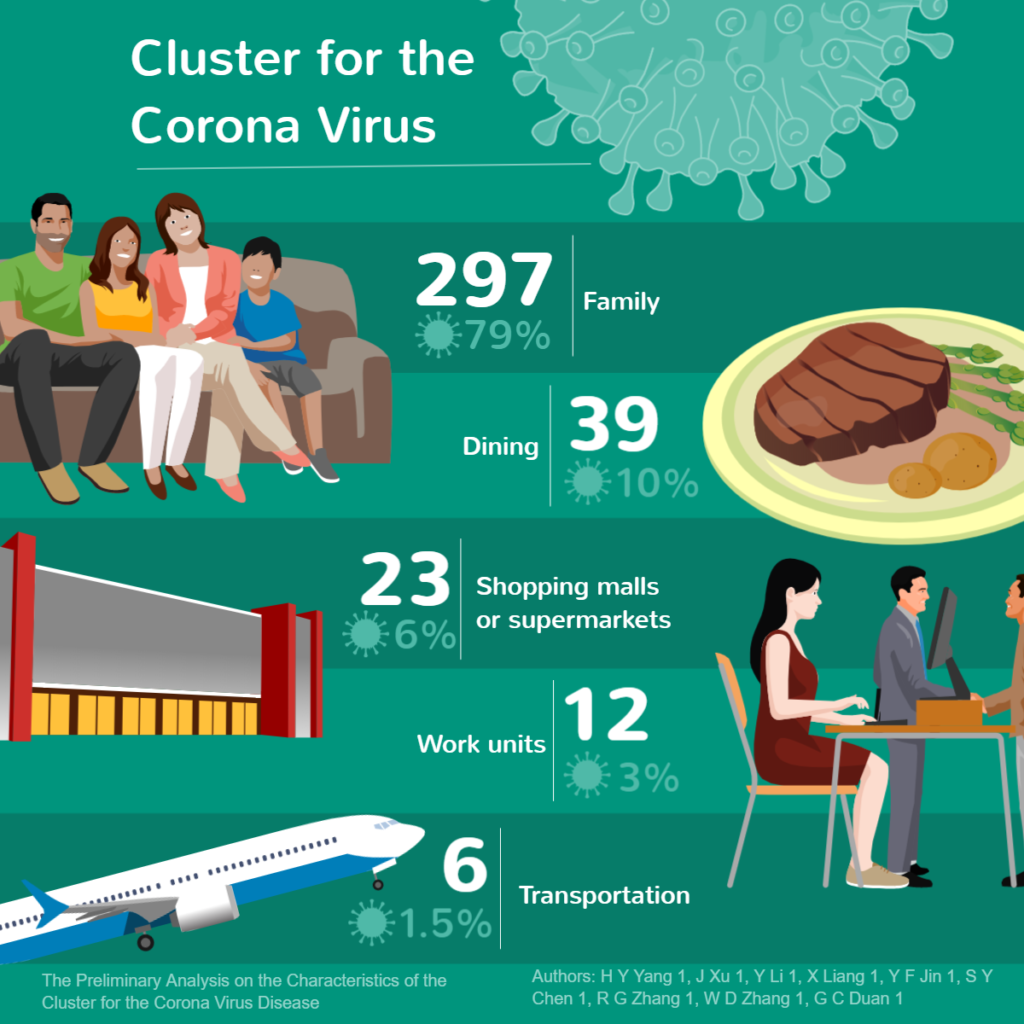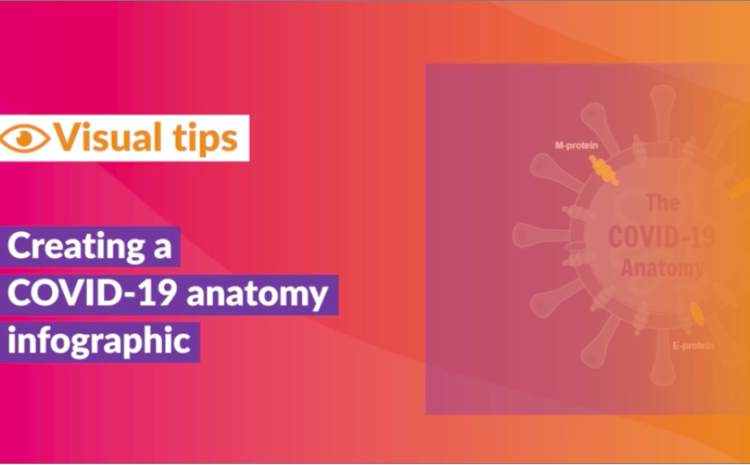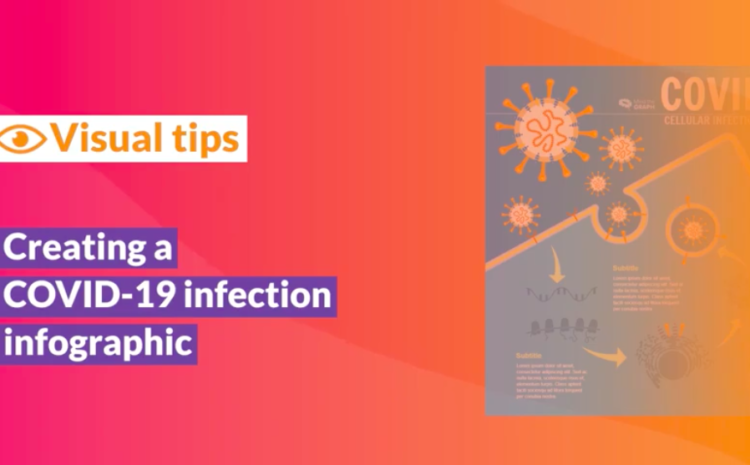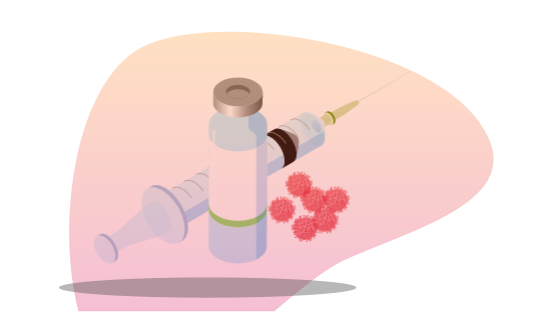This is an intriguing question. If you were a detective trying to find the coronavirus and prevent the pandemic transmission, where would you look for it?
There are many different answers to this question: one could look for the natural host, as we explained in this post or understand in what kind of surfaces it would stick to depending on the material, as we explain in this post.
But in reality, you would gasp to it. It hides in your own family. What?
According to the study “The Preliminary Analysis on the Characteristics of the Cluster for the Corona Virus Disease” conducted in Wuhan, the epicenter of the crisis in China, the proximal human community, i.e. close friends and family, are the biggest cluster of virus contamination.
That happens precisely because close to 80% of people have very light symptoms or even no symptoms at all. They are assymptomatic, but the can still transmit the coronavirus. That’s probably one of the most dangerous characteristics of the Covid-19 transmission.
Look at the infographic below to understand the main clusters responsible for the Covid-19 transmission, according to the chinese study.

The clusters Covid-19 transmission were studied as the epidemic progresses, this is of course a very small subset fo the patients, reported in the beggining of the epidemy. Data was collected during January 1 to February 20 2020. This wasn’t even a thing of concern for a lot of countries at that time, like USA, although awareness regarding Covid-19 transmission was already raising in Europe
Importantly, these clusters EXCLUDE the obvious thing: a lot of people were contaminated in the health services and hospitals. They are just analyzing Covid-19 transmission under “natural” distribution.
Then, it’s clear to see that from 377 confirmed cases, the vast majority was transmited via family and close friends. The incubation period range from 1 to 20 days, so one could be assymptomatic and still transmited the coronavirus to colleagues, when having closed contact. That’s also a reason why family and friends are an important cluster: you need to have close contact to be affect by Covid-19 transmission, and you normally don’t have close contact with anybody on the streets, right?
The main clusters of Covid-19 transmission were:
79% Family and friends
10% Restaurants
6% Shopping malls and supermarkets
3% Work units
1.5% Transportation
The incubation period was another conclusion of this study. They estimated the incubation period for Covid-19 transmission analyzing 325 cases and concluded that is spans from 1 to 20 days, with a median of 7 days. Simple said: it takes a week for the virus to generate clear symptoms. So, if you had contact with anyone affected by coronavirus, wait at least one week before drawing any conclusion regarding Covid-19 transmission.
The analysis of the epidemic situation in China indicates that there is a possibility of patients as the source of infection during the incubation period of the epidemic. It means, the patients contribute to transmisssion even before the symptoms appear. The older the patients, the worse are the symptoms.
The progress of the two typical outbreaks clearly demonstrates the spread of the early cases in Wuhan. Whatever happens, screening and isolating close contacts remains essential except for clinical treatment during the epidemic. Especially for the healthy people in the epidemic area, isolation is the key.


Subscribe to our newsletter
Exclusive high quality content about effective visual
communication in science.




